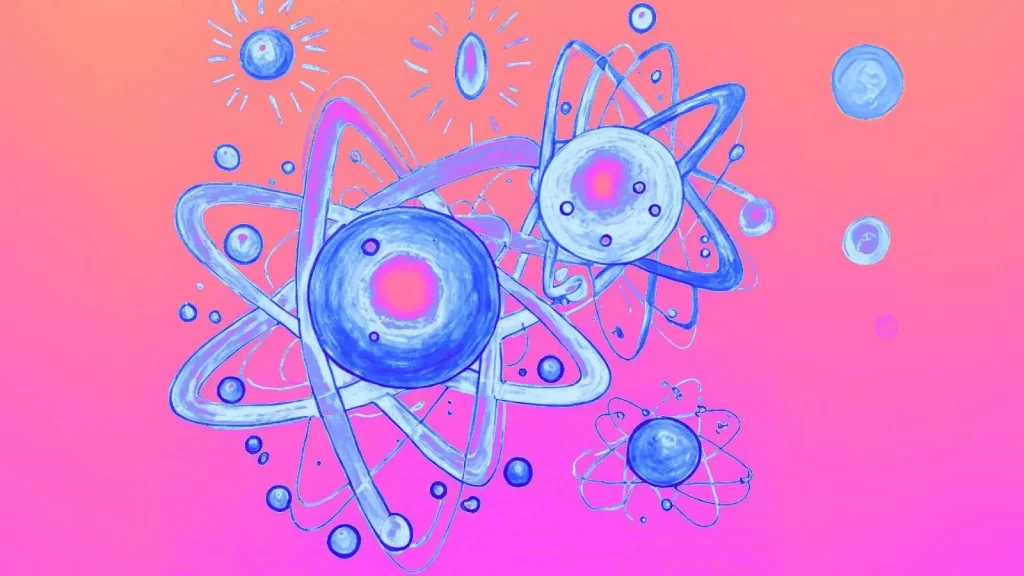Author: THE KERNEL
What’s the difference between fission and fusion? Great question.
Fission splits atoms apart. This is how we create all nuclear power, at least right now. Fission can be done with a few different elements, but nuclear reactors usually use uranium-235, since it’s a good isotope for splitting. In a nuclear reactor, a neutron is fired at a single uranium atom, which then splits apart, releasing loads of heat and a bunch of neutrons. These neutrons fly away and smash into other atoms, splitting those open too, which forms a super hot chain reaction. All of this heat boils water, which creates steam, which turns a turbine, which powers a generator, which creates electricity. That’s nuclear power 101.
Fusion, on the other hand, merges atoms together. It happens when two positively charged nuclei, usually hydrogen isotopes (deuterium and tritium), overcome their natural electrostatic repulsion and fuse together. This process releases loads of energy, and very little radioactive waste. The byproduct of fusion is actually helium, so, maybe balloon companies should be rooting for it too. It’s how the sun generates energy, and as of right now, we haven’t figured out fusion on a commercial scale.
The problem is that for fusion to happen, the reaction has to be heated to at least 100 million degrees Celsius, and at those temperatures, matter exists in the plasma state, meaning that it can vaporize any solid materials it comes in contact with. Plasma is also super turbulent and unpredictable, so it’s hard to maintain the precise conditions required for a sustained reaction. Scientists have been trying to successfully create fusion energy for several decades, and they recently achieved a net-positive output at least twice, which means that they got more energy out than they put in. The amount of energy achieved was enough to power a typical LED light bulb (9 watts) for about 30 hours straight. Pretty cool, but definitely not better than fission – yet.
Are you rooting for fusion? Why or why not?



